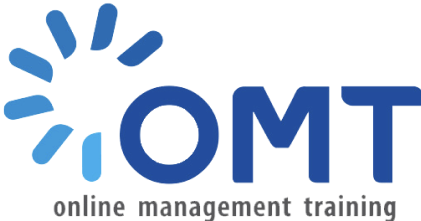



5 Blended Learning Best Practices For Effective Corporate Training
30/06/2020

Share the post
Blended learning has been proven a particularly effective approach, as it offers all the benefits of both classroom and online training. However, for your blended learning courses to be effective, you must design them carefully. In this article, I’ ll share 5 things you need to keep in mind when developing your blended learning strategy, so that you can deliver a meaningful and immersive training experience to your corporate learners.
1.Do identify your E-Learning objectives before-hand.
To ensure the clear structure of your blended learning strategy, make the identification of your blended learning course’s objectives and goals your No1 task. That’ right; you need to identify the objectives and goals of your training before you even begin creating your blended learning content. If you are not sure about what knowledge you want your corporate learners to acquire and what skills you need them to develop, it will be very difficult for you to move forward.
2. Do choose the right media, techniques, and methods.
Once you have a clear picture about your goals, you will need to determine not only which components of your blended learning course should be delivered online and which offline, but also what is the best approach for delivering each component. Put yourself in the shoes of your audience: Because blended learning transfers information by using a variety of techniques, you need to make sure that you match the delivery vehicle to the learning material every time. For instance, a scenario-based activity is more appropriate for an online environment, whereas a group discussion may be more effective when conducted face-to-face.
3. Do encourage your corporate learners to collaborate with each other.
When your corporate learners communicate with each other, they are offered the opportunity to share experiences, investigate alternative learning paths and approaches, and apply what they are learning to the real world by comparing skills and knowledge levels. Collaboration is critical to blended learning; encourage your corporate learners to foster deeper understanding of the training material by sharing their thoughts and discussing their questions and concerns with their peers, whether being on a social media platform, or in a physical training room.
4.Do monitor your corporate learners’ performance.
Regardless of whether you are delivering your blended learning content online or face-to-face, assessing your audience’s performance and progress throughout the training period is a must. Build in your evaluationsystem at every stage: add brief online questionnaires at the end of each section and periodically conduct live chats with your corporate learners. This way, not only your audience will feel that they have a solid support system in place, but also you will be able to collect valuable feedback about their progress and the effectiveness of your blended learning course.
5.Do pay attention to consistency.
Lack of coherence between your online and face-to-face delivery methods may destroy the effectiveness of your blended learning strategy. Keep your online and offline modes connected and complementing each other, for example by adding questions to each topic, the answers of which your learners can find in the next one, whether online or offline. Unless there is a relationship between your online and offline components, your corporate learners will feel disconnected and become less motivated to participate in the training event.
Collected by OMT








